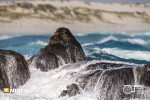
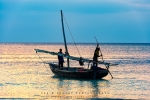
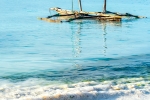
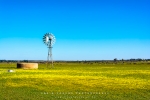

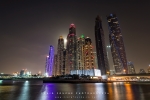


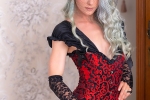
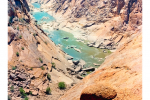
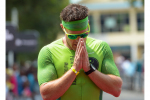
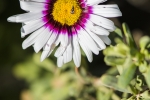
Wildlife photography is a genre of photography concerned with documenting various forms of wildlife in their natural habitat. It is one of the more challenging forms of photography. As well as requiring sound technical skills, such as being able to expose correctly, wildlife photographers generally need good field craft skills. For example, some animals are difficult to approach and thus a knowledge of the animal’s behavior is needed in order to be able to predict its actions. The animals are often photographed in action, such as eating, fighting, or in flight. Alternatively, more static portraits may be used to show detail of the animal or to depict it in its environment. Captive or controlled animals are often photographed instead of true wild specimens. It is arguable as to whether this constitutes true wildlife photography. Photographing some species may require stalking skills, many wildlife photographers use blinds or camouflage, fixed or floating hides for concealment.
While wildlife photographs can be taken using basic equipment, successful photography of some types of wildlife requires specialist equipment, such as macro lenses for insects, long focal length lenses for birds and underwater cameras for marine life. However, a great wildlife photograph can also be the result of being in the right place at the right time. In the early days of photography, it was difficult to get a photograph of wildlife due to slow lenses and the low sensitivity of photographic media.
The world’s three largest photography organisations, the Photographic Society of America, the Fédération Internationale de l’Art Photographique and the Royal Photographic Society have adopted a common definition for nature and wildlife photography to govern photography competitions, their respective presidents writing in a joint statement, “The development of a common definition for nature and wildlife photography will be an important step in helping photographers, many of whom enter competitions internationally, know what the rules are. It will also provide organisers with a very clear definition when they need to deal with the problem of ineligible images.”
The techniques of wildlife photography differ greatly from those used in landscape photography. For example, in wildlife photography wide apertures are used to achieve a fast shutter speed, freeze the subject’s motion, and blur the backgrounds, while landscape photographers prefer small apertures. Wildlife is also usually shot with long telephoto lenses from a great distance; the use of such telephoto lenses frequently necessitates the use of a tripod (since the longer the lens, the heavier and harder it is to handhold).
Click on the images below to view an enlarged single image.
All my images are available for purchase as prints. Digital images can be used under license agreement. Should you wish to purchase or license my images, please click here for more information, so I can assist you with your needs.
There are no upcoming events.
Leave a reply
Craig
I am a retired artist (painter). Am I at liberty of using some of the landscapes as a topic for my paintings.
Hello Pietmoller
Thank you for reaching out to me. Drop me an email at this link and lets chat.
https://www.craigfouche.co.za/lets-connect/